Foot Pain While Snowboarding? Try This For Relief! Updated 2023!
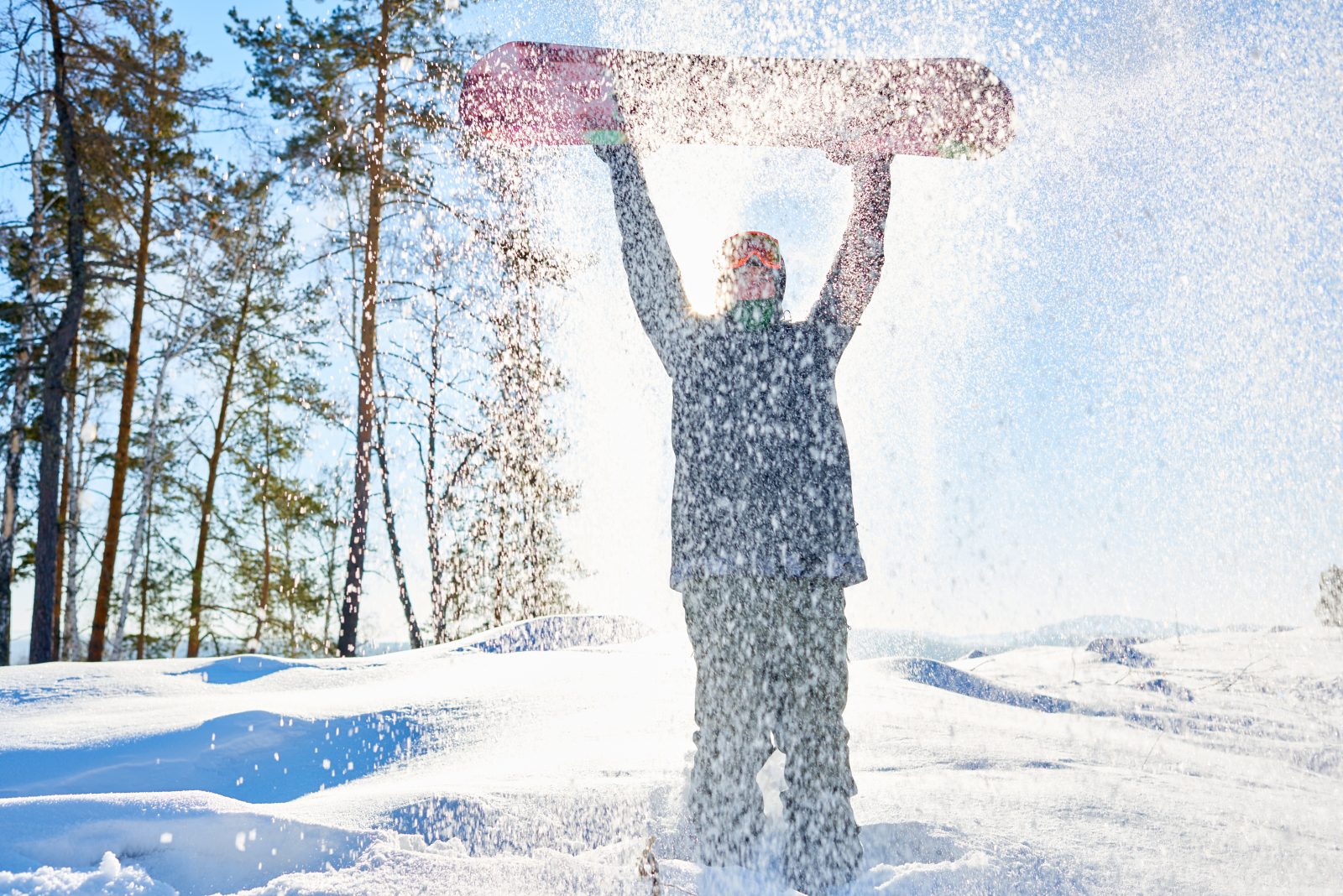
The question we often get asked through social media is
“I am having pain in my foot when snowboarding, what can I do about it?”
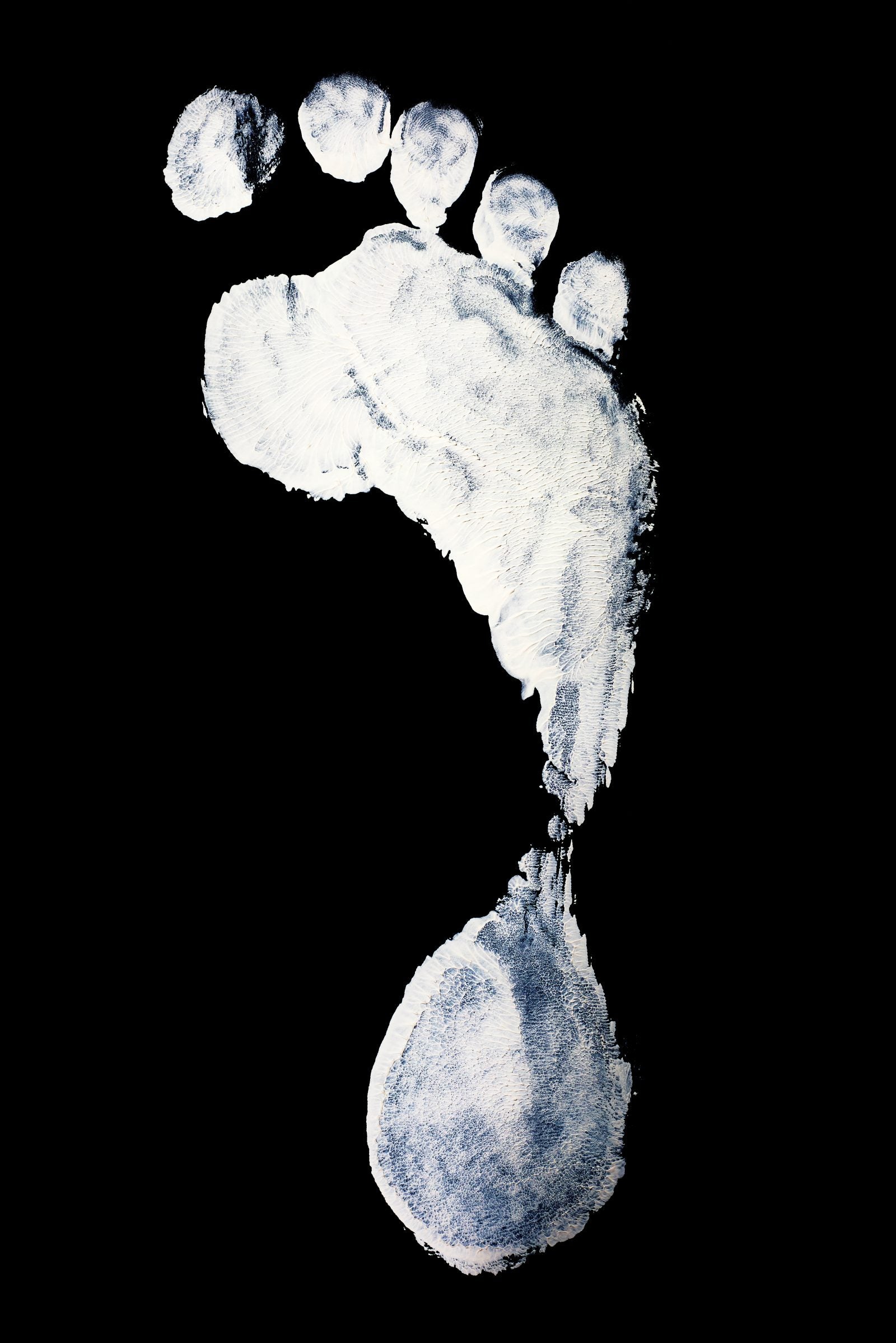
Normally, this pain is substantial enough to bring the rider to complete stop and take a rest. Today’s blog I will provide my expertise on this issue and the next steps you can take to resolve it.
This is a complicated problem to have because like any fine-tuned machine, the foot is complex! To give you a great example of this:
Foot/ ankle anatomy
- There are roughly 26 bones in the foot,
- a series of 100 muscles/ ligaments/ tendons
- 33 joints.
- The ankle and foot can also move in 8 different directions
So, as you can see there are literally many moving parts! I could spend hours discussing the complexities of human anatomy and biomechanics but most people will not fall under this category. The simple fact remains, this foot pain will most likely be resolved with one of these changes. I emphasize ‘changes’ because like any great scientific experiment, one thing should be changed at a time to find the true source of discomfort.
Now, if this pain is not resolved, it is in my humble opinion that seeking out the expertise of a health professional is warranted. They can see how you move and the discrepancies that may be present in your biomechanics affecting your feet.
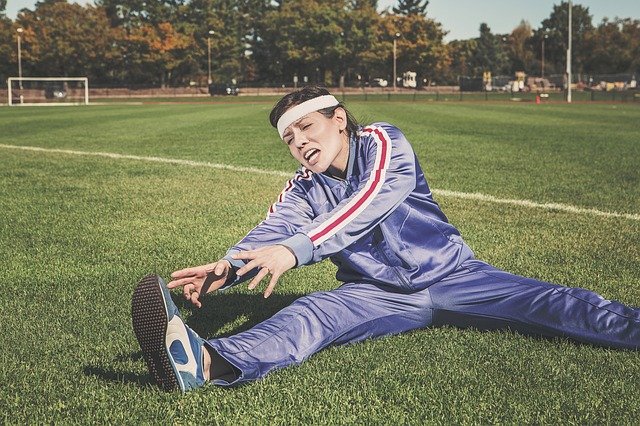
Without further ado, these are my best recommendations for those having foot pain when riding:
Watch the version on Instagram HERE:
Boots
Without a doubt, the most common problem to foot pain. Your boots are arguably the most important piece of equipment you own when snowboarding. They are the foundation to your riding and can make or literally break your day. I have clients who can only go on one run before they need to stop purely due from foot discomfort. These are my suggestions to try with your boots:
- Width
- Stiffness
- Tightness of laces/ Boa
- Laces versus boa
- Arch
- Height
- Molding
- Brand
- Bindings/ Stance
Very often boot tightness can cut blood flow off to nerves or tissues. This can cause cramping due to insufficient nutrient being directed towards these tissues. Often I see the lateral (outside) of the leg being cutoff or pinched against the boot. If you get a chance, try multiple boots on in the store as they are all so different based on the manufacturer. Some are more customizable than others in regards to laces/ boas/ molding/ stiffness/ etc. It also may take time to ‘fit’ by using the boots more and more until they can form to your foot and tendencies. Many stores will also provide a ‘blow out’ when they manually stretch out the boot after you purchase it so it’s more comfortable.
Stance
This might be tied with first place on why you are having foot pain. This can absolutely effect how your arch is supported and the weight distribution through your feet when riding. Things to try with your bindings/ stance
- Width
- Angle
One thing I see all too often (especially with newer riders) is a tendency to focus on either heel or toe edge for a majority of the day. This could be from fear, conditions or inexperience. Regardless, this overuse on one side forces our soft tissues to cramp due to fatigue. Some of the muscles that can be affected include:
- Anterior Tibialis (Primary dorsiflexor)
- Gastrocnemius (Calf muscle) (Primary plantarflexor)
- Fibularis muscles (Longus & Brevis) (Primary Evertor)
- Extensor Hallucis Longus (Primary dorsiflexor)
While this list is not exhaustive, these are the primary complaints, especially the Fibularis muscles. So what’s a possible solution here? Work on mixing up your heelside/ toeside carving and even attempt riding switch!
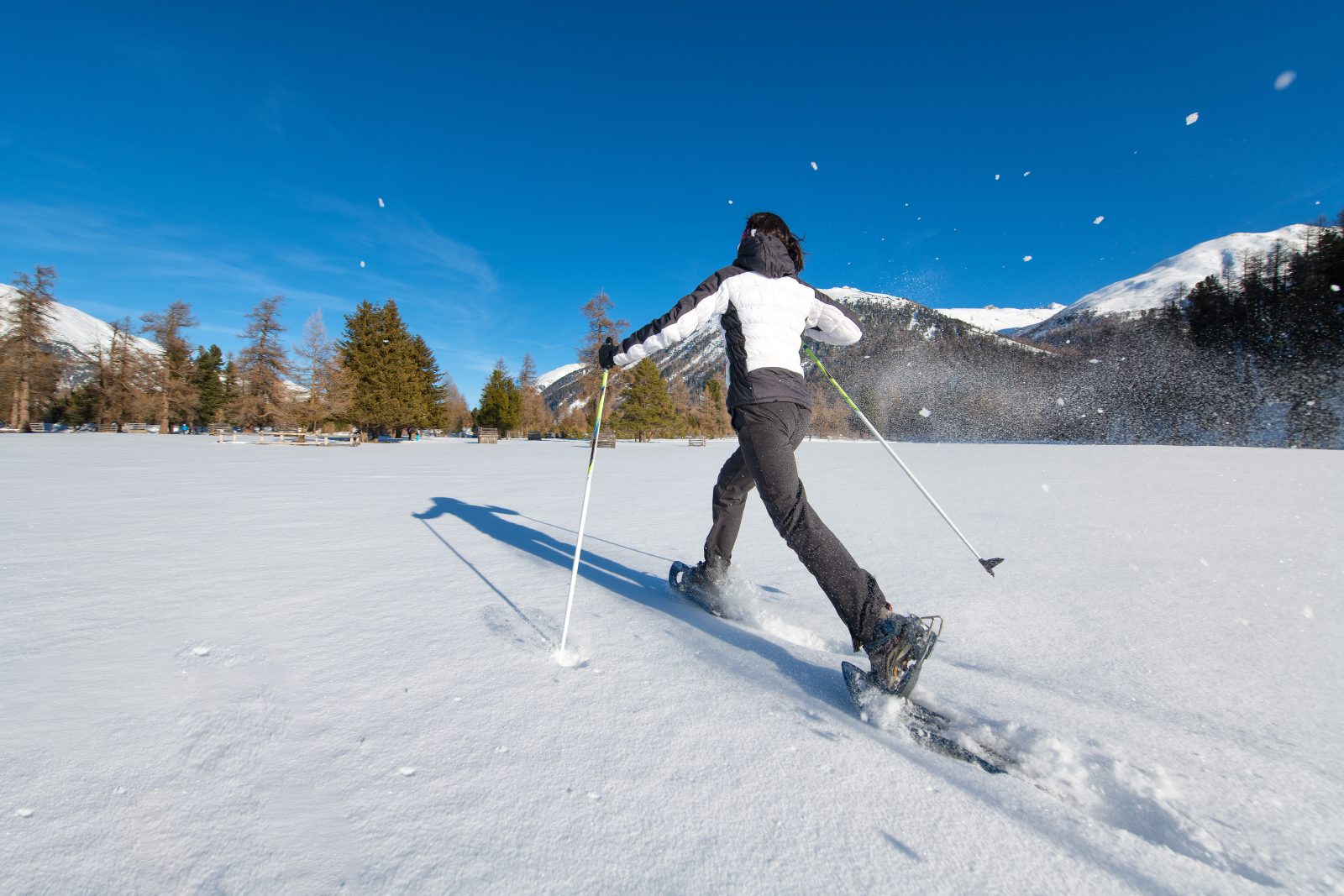
Loosen up!
One thing I see with newer riders is a stiffness to their riding. They are preparing for the next fall and cannot fully loosen up. This stiffness and over reliance on certain muscles/ soft tissues can overwork these systems. While this may take time, refer back to the paragraph above to add variety into your riding rather than relying on one way that you may be better at for the moment. Working on our weaknesses ultimately makes us better riders and potentially less discomfort overall.
Bindings
Another culprit in the mix is your bindings. Companies are making so many customizable features for bindings that a majority of us will never utilize. This is a mistake! You can really tweak your bindings to work for you, rather than the other way around. Some factors to think about:
- Stiffness
- Tightness
- High back positioning
- Placement of straps
- Cushion
- Brand
What are the conditions you are going into? What type of terrain are you riding? Do you prefer stiff or soft bindings? What is your normal foot stance outside of bindings? Do you have narrow or wide feet? Do you want the highbacks forward or back? Bindings can play a big part in if your feet are forced into a natural arch or artificial arch overworking muscles eventually leading to cramping.
Socks
As simple as it sounds, socks can play a huge role in comfort, blood flow, and warmth. Not all socks are created equal, we love Stance but everyone will have their preference:
- Double versus single layer
- Thickness
- Material
- Compression
Nutrition/ Hydration
Water is vital to any activity and I see all too often snow sport athletes not drinking water on the slopes. Imbalance of electrolytes can play a role in muscle tightness/ cramping within the foot.
12 ounces of water every hour on the mountain
CHECKOUT THIS POST ABOUT POST MOUNTAIN RECOVERY
Insoles
I am not usually a big fan of insoles but some people swear by them. As long as my clients know that these are bandaids, and not solutions I am all for them. Some of us have low arches and this can contribute to foot pain. Utilize a cheap OTC insole like this and see if it makes a difference.
I have used Superfeet with previous patients/ clients and myself.
Biomechanics
This suggestion is just to say that our kinetic chain can influence our foot biomechanics and weakness in our ankles/ knees/ hips can potentially affect our feet. I would recommend a movement consultation by myself or local professional to see where your discrepancies may be. I would always recommend the above changes first before paying for a movement consultation.
Foot Stretches
Again, these may or may not help but its an easy exercise to implement. If you feet are indeed cramping, this could provide some temporary relief
- Lacrosse ball rolling
- Towel scrunches for foot doming
Fitness Levels
What are your current fitness levels? How often are you snowboarding? You cannot expect to perform at your peak if you are not equally active off the mountain. As I always say, snowboarding is an inherently extreme sport and training should match. If you are compensating in ways to protect yourself, you are not working efficiently. Being overworked can absolutely cause lower extremity discomfort so working off the hill will benefit you on the hill.
Checkout our Shred 3.0 program for a 12 week snowboarding specific workout
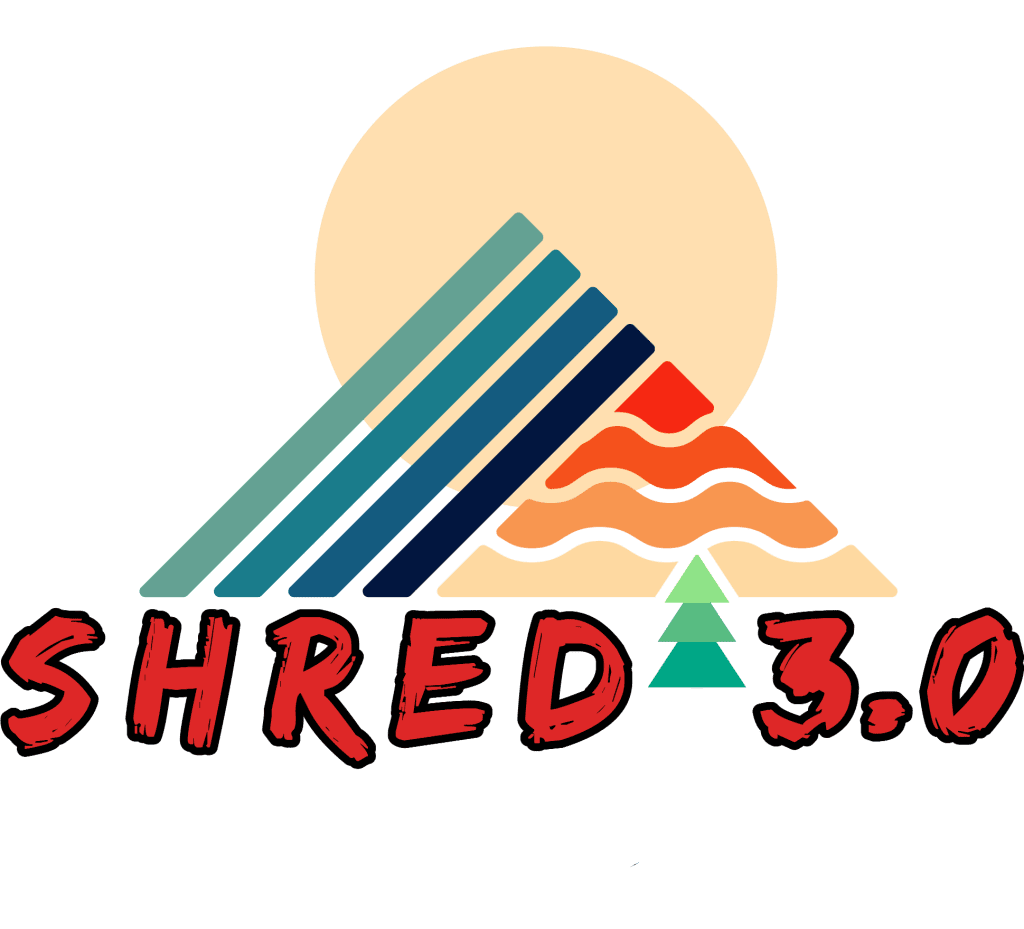
Give these a try, give us a shout out, and we hope you can ride pain free!
Curious what the most common snowboard injuries are?
Be well!
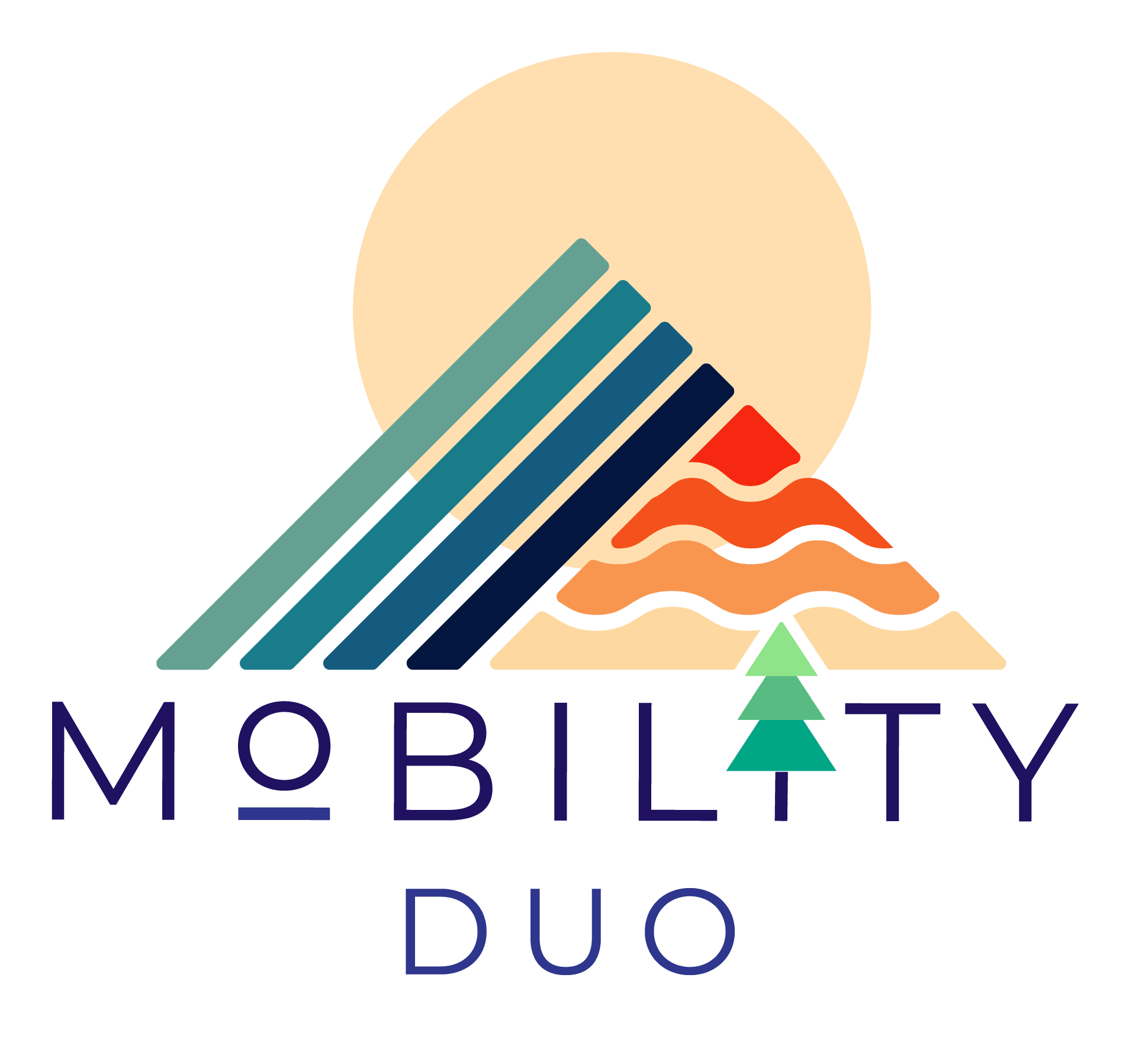
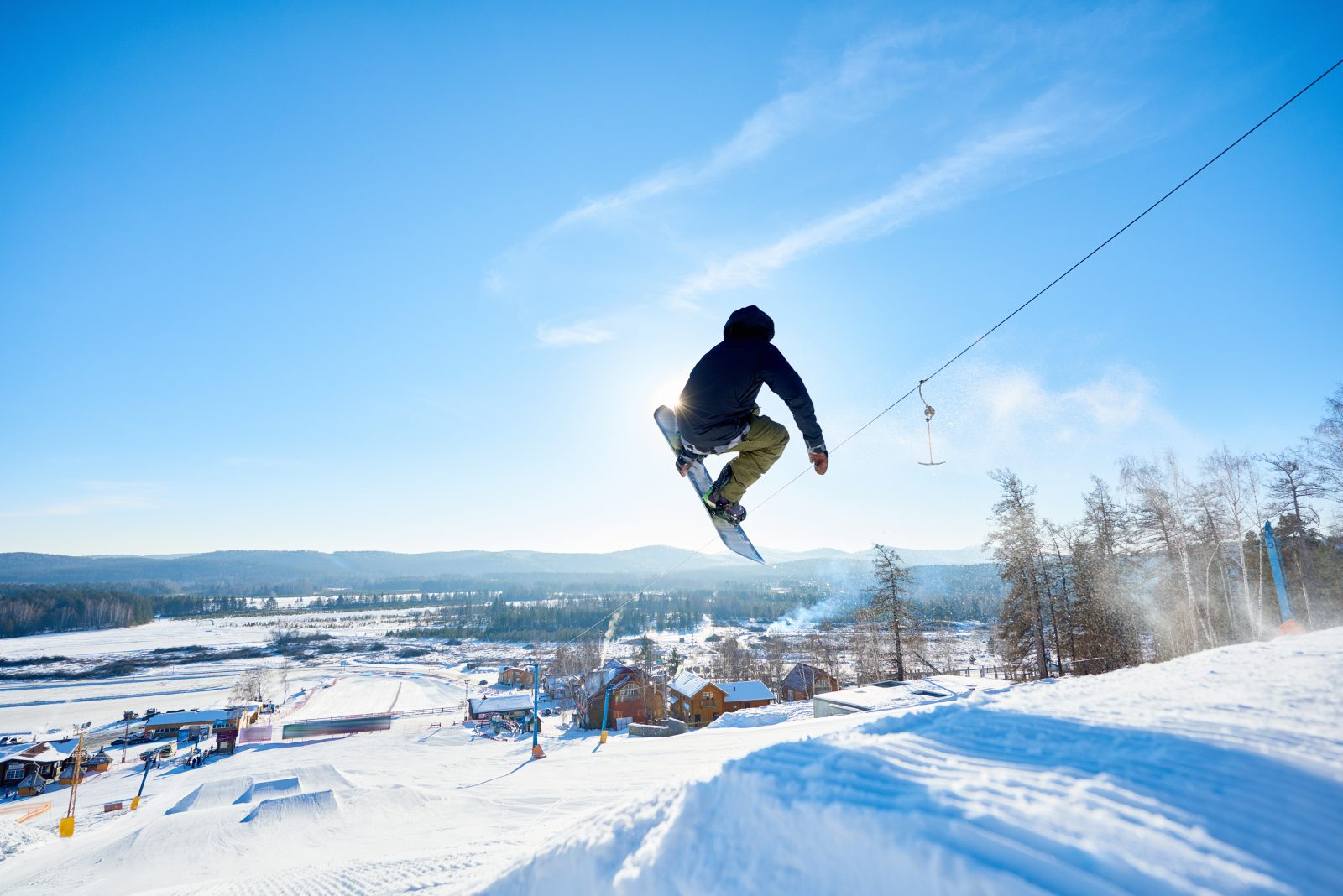
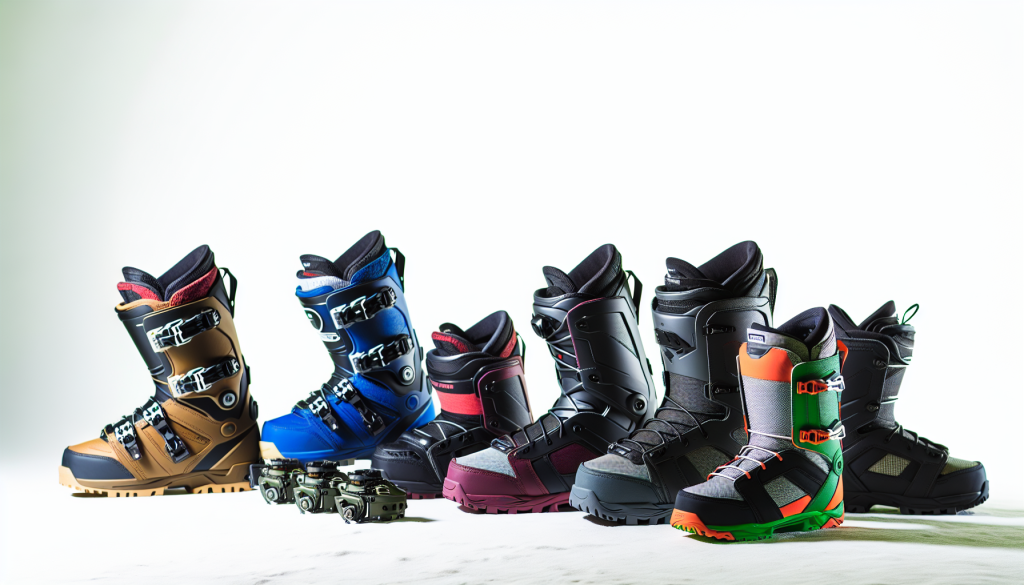
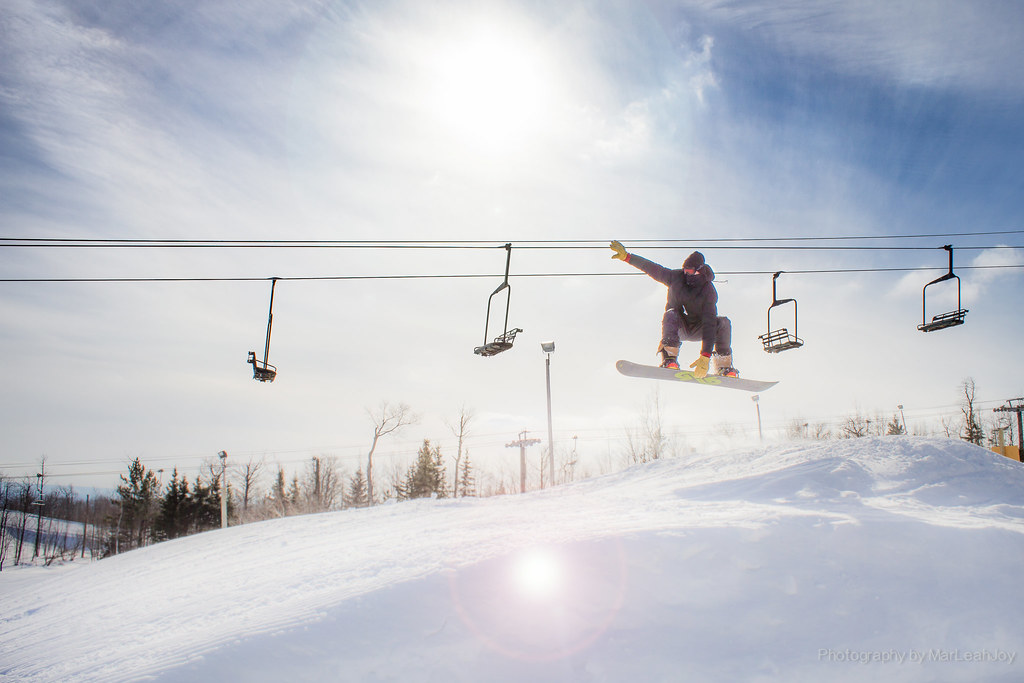
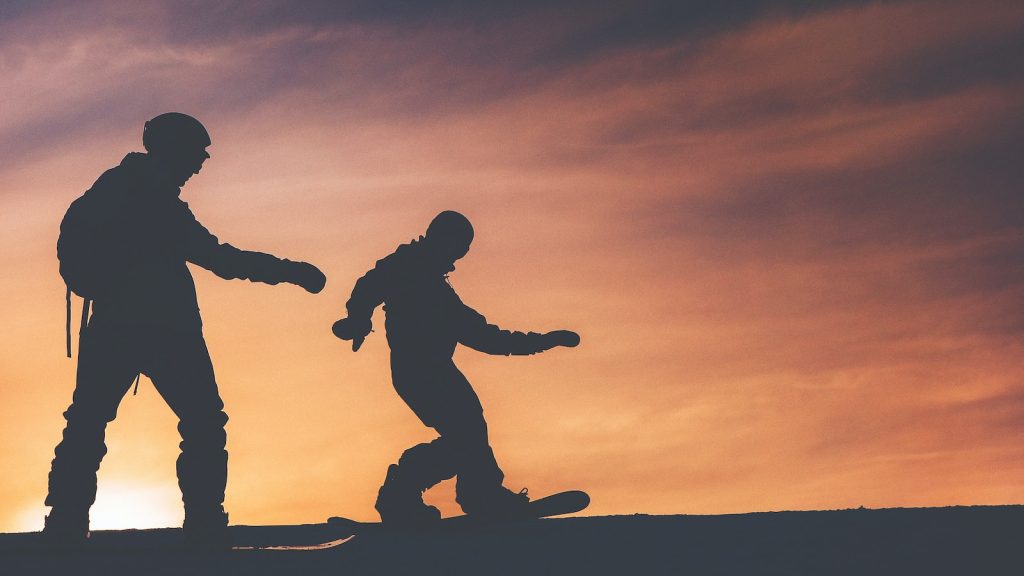
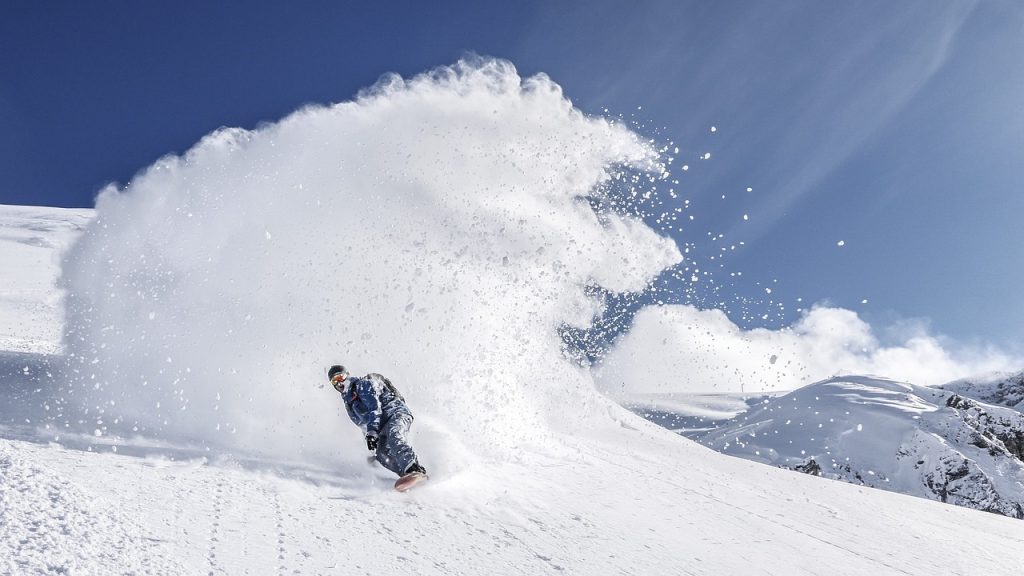
Responses